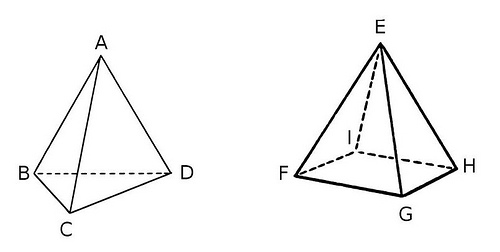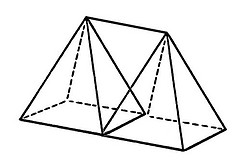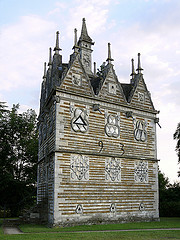Though she died at age 8, Marjory Fleming (1803-1811) had the soul of a mature writer. Her diary became hugely popular in Victorian London:
I am now going to tell you the horrible and wretched plaege that my multiplication table gives me; you cant conceive it. The most Devilish thing is 8 times 8 and 7 times 7; it is what nature itself cant endure.
And she was rumored to be the favorite poet of Walter Scott, who reportedly told her aunt, “Her repeating of Shakespeare overpowers me as nothing else does.”
Of summer I am very fond,
And love to bathe into a pond;
The look of sunshine dies away,
And will not let me out to play;
I love the morning’s sun to spy
Glittering through the casement’s eye,
The rays of light are very sweet,
And puts away the taste of meat;
The balmy breeze comes down from heaven,
And makes us like for to be living.
In her last illness she offered to recite a poem for her father; when he asked her to choose one, she startled him with Burns’ “Why am I loth to leave this earthly scene?”
See also An Unacknowledged Genius and Child’s Play.





